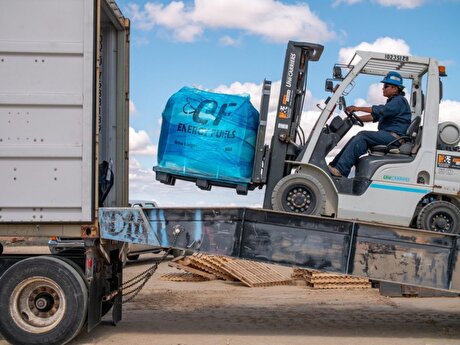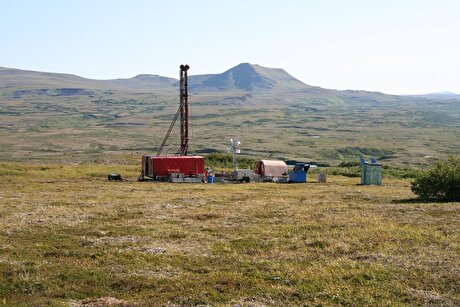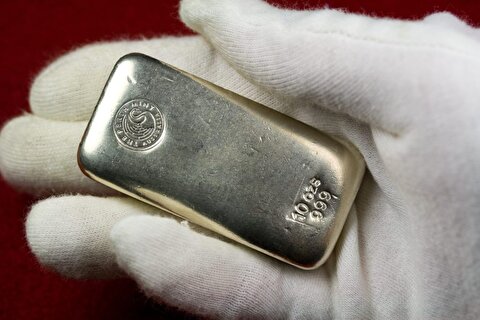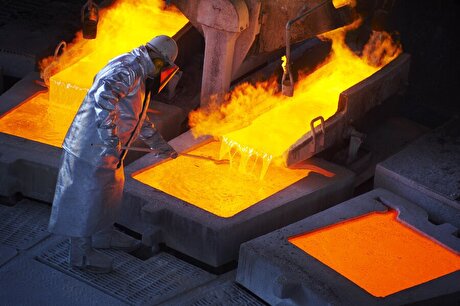
Viewpoint: US crude flows to southeast Asia to grow

Buyers are also eyeing US cargoes as they anticipate US light sweet crude prices on the US Gulf coast (USGC) to fall because of increasing supplies, with new pipelines that move crude from the Permian basin to the US export terminals boosting operations in 2020. But freight rates could be the wild card and could scupper US crude flows to Asia-Pacific, as sellers offering US cargoes on a delivered basis will raise prices to pass on to buyers the higher freight costs from IMO 2020 compliance.
WTI on a delivered northeast Asia basis fell below the price of light sour Abu Dhabi Murban crude on delivered northeast Asia basis several times in 2019, although a rise in freight rates late in the year lifted WTI to near parity to Murban on a delivered basis.
Refiners that currently buy US crude on a spot basis, such in those in Thailand, Singapore and Australia, often revert to short-haul supplies when rising freight costs curb the economics of taking long-haul cargoes. Lump-sum freight rates for very large crude carriers from the USGC to northeast Asia have already risen to $12.75mn compared with about $8mn in late September 2019.
Southeast Asia's refiners have increasingly turned to US crude in the past year in a bid to diversify supply sources as increasing tensions in the Middle East and the fallout from a protracted US-China trade war heightened the risk of supply disruptions. Demand for low-sulphur grades ahead of the IMO 2020 regulations and falling Asia-Pacific production of low-sulphur crude, especially from Australia and Vietnam, also drew arbitrage US cargoes to the region.
New buyers emerge
South Korea and Taiwan remain the main Asia-Pacific buyers of US crude, taking 395,000 b/d in October 2019 and 170,000 b/d during January-October 2019 respectively, with their import volumes likely to remain steady. But refiners such as Indonesia's state-owned Pertamina also emerged earlier this year as a US crude buyer for the first time. Pertamina has signed a deal to buy US term crude for 2020. It will receive from Total 950,000 bl of US WTI crude a month from February to June 2020 at its Cilacap port. Pertamina operates all of Indonesia's refineries and has typically bought Nigerian and Algerian light sweet grades to run at its plants along with domestic sweet crude.
Vietnam state-owned Binh Son Refining and Petrochemical has also signed a term deal to buy a total of 5mn bl of WTI crude for delivery to the 145,000 b/d Dung Quat refinery from January to May 2020. Dung Quat imported its first WTI crude cargo in May 2019 and bought another 2mn bl of WTI on the spot market for October and December 2019 delivery before the term deal.
Malaysia's state-owned Petronas bought Bakken crude for the first time for its new 300,000 b/d Pengerang refinery and petrochemicals complex in southern Malaysia. A 1mn bl Bakken cargo arrived at the refinery in mid-December 2019 with a similar size cargo due to arrive in mid-January 2020.
Other Asia-Pacific refiners are also potential US crude buyers. Sri Lankan state-controlled refiner Ceypetco issued a spot tender to buy WTI crude for the first time, for December 2019 delivery to its 50,000 b/d Kelaniya refinery, but it did not award the tender as surging freight rates pushed up offered prices. Ceypetco was likely looking at WTI as replacement for the light sour Murban volumes that it runs at Kelaniya.
Taiwan's private-sector refiner Formosa Petrochemical also issued a spot tender to buy US crude but decided not to award it because of high offers. Formosa had sought 1mn-2mn bl of crude to be delivered to Mailiao port from 20 February to 20 March in the tender. It listed WTI, Light Louisiana Sweet and medium sour Mars, Southern Green Canyon and Poseidon as acceptable grades. Formosa's only US crude purchase so far was a Mars cargo it took in late 2018.
US crude exports reached a record high of 3.38mn b/d in October as more pipelines have started service moving Permian crude to the USGC. The 670,000 b/d Cactus 2 pipeline and the 400,000 Epic crude line, moving crude to Corpus Christi, Texas increased operations from August 2019.
But exports are expected to rise further as the 900,000 b/d Gray Oak pipeline from the Permian basin to Corpus Christi hits full service. Phillips 66 started initial service at Gray Oak in November 2019 with full service on the line expected in the first quarter of 2020, which should provide Asia-Pacific refiners with even more WTI availability in the coming year.
By Yvette Choo


Trump weighs using $2 billion in CHIPS Act funding for critical minerals

Codelco cuts 2025 copper forecast after El Teniente mine collapse

Electra converts debt, launches $30M raise to jumpstart stalled cobalt refinery

Abcourt readies Sleeping Giant mill to pour first gold since 2014

Barrick’s Reko Diq in line for $410M ADB backing

Nevada army depot to serve as base for first US strategic minerals stockpile

Tailings could meet much of US critical mineral demand – study

Viridis unveils 200Mt initial reserve for Brazil rare earth project

SQM boosts lithium supply plans as prices flick higher

Energy Fuels soars on Vulcan Elements partnership

Northern Dynasty sticks to proposal in battle to lift Pebble mine veto

Giustra-backed mining firm teams up with informal miners in Colombia

Critical Metals signs agreement to supply rare earth to US government-funded facility

China extends rare earth controls to imported material

Galan Lithium proceeds with $13M financing for Argentina project

Silver price touches $39 as market weighs rate cut outlook

First Quantum drops plan to sell stakes in Zambia copper mines

Ivanhoe advances Kamoa dewatering plan, plans forecasts

Texas factory gives Chinese copper firm an edge in tariff war

Energy Fuels soars on Vulcan Elements partnership

Northern Dynasty sticks to proposal in battle to lift Pebble mine veto

Giustra-backed mining firm teams up with informal miners in Colombia

Critical Metals signs agreement to supply rare earth to US government-funded facility

China extends rare earth controls to imported material

Galan Lithium proceeds with $13M financing for Argentina project

Silver price touches $39 as market weighs rate cut outlook

First Quantum drops plan to sell stakes in Zambia copper mines

Ivanhoe advances Kamoa dewatering plan, plans forecasts

















